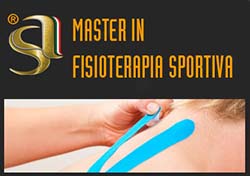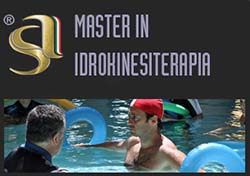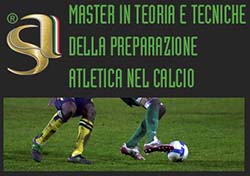Stretching della catena cinetica posteriore dell’arto inferiore: confrontro tra due differenti modalitá esecutive
Sport and Anatomy Fascicolo 3-2017, pagine: 111-119
DOI | @ Pisa University Press 2017
Pubblicato: 20 December 2018
L’intero articolo è disponibile
Riassunto
Lo stretching dei muscoli ischio-crurali (IC) è un esercizio molto praticato nell’attività fisica e nella rieducazione motoria. Esistono molte tecniche esecutive, ma non è chiaro come nelle diverse tecniche si distribuisce e dove si focalizza maggiormente lo stiramento nei vari distretti della catena cinetica posteriore (CCP). Lo scopo di questo studio è stato quello di confrontare la localizzazione della sensazione di stiramento (SS) durante l’esecuzione di due varianti dell’esercizio di stretching degli IC: l’esecuzione tradizionalmente più utilizzata, tecnica A (TA) e l’esecuzione proposta sperimentalmente, tecnica B (TB). L’ipotesi della ricerca è che la TB possa focalizzare meglio la SS a livello degli IC, coinvolgendo di meno il distretto lombare (dL). Lo studio è stato condotto su 161 soggetti, 75 maschi e 86 femmine, con diversi stili di vita e criteri d’esclusione predefiniti. Per comparare la SS percepita è stata utilizzata la tecnica del Pain Drawing (PD), riadattata al fine di poter localizzare le aree maggiormente interessate dall’allungamento durante le due tecniche di stretching. In entrambe le tecniche la SS è stata percepita maggiormente a livello degli IC rispetto alle altre zone della CCP, ma la TA, ha evidenziato un interessamento del dL e di altre zone in maniera leggermente superiore rispetto alla TB. Pertanto la TB può essere considerata l’esecuzione consigliabile per prevenire stress alla zona lombare o in presenza di algie lombari.
Parole chiave
Percorso di valutazione
Peer reviewed. Certificazione della qualità





